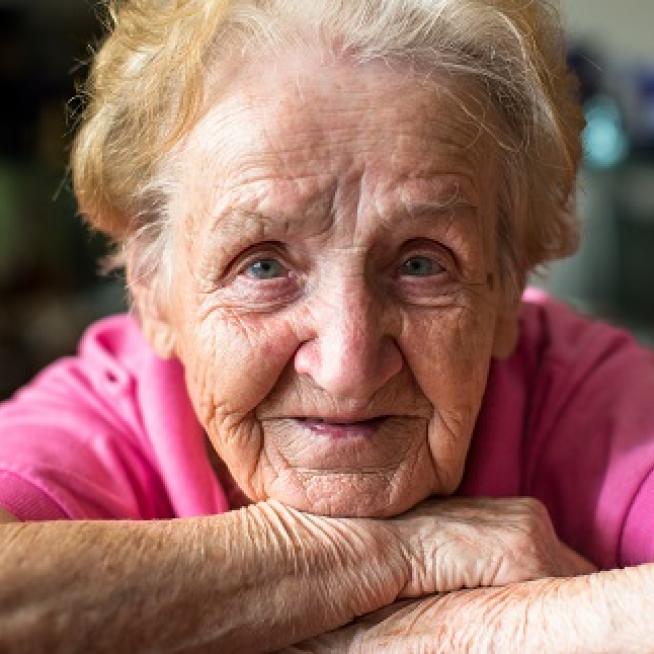Looking for Guardianship assistance? View our Guardianship Resources
Offering person-centered care that maximizes the independence of our clients since 2005.
Our clients belong to a growing population of older adults and people with disabilities in all five boroughs of New York City, many of whom live below the poverty line with physical, cognitive, and/or mental health conditions such as Alzheimer’s and dementia.
They have no family or friends able to provide the support they need.
Project Guardianship takes a high-quality, multidisciplinary team approach to helping individuals who need court-appointed legal guardians. We employ lawyers, case managers, property managers, a benefits manager, and finance associates to help clients remain safe, living at home, and as independent as possible.
Drawing on our direct service experience, Project Guardianship also advocates for better policies and practices that impact older adults and individuals living with disabilities and mental illness, dementia, Alzheimer’s, and other challenges, and casts a spotlight on the shortcoming in the guardianship and social services safety nets.
We provide education, training, and support on guardianship best practices and alternatives to the general public, caregivers, and families.
$3.1 million+
Project Guardianship-generated government savings in Medicaid spending in one year
We do all of this while saving public dollars. A cost/benefit analysis showed that Project Guardianship-generated savings of over $3.1 million in Medicaid spending in one year (in 2015 dollars and based on 166 active clients). In 2020, Project Guardianship currently serves 197 active clients.
Additionally, Project Guardianship casts a spotlight on shortcomings in the guardianship and elder services safety net. Through research and policy change, we seek to promote models that address critical needs for individuals, save public dollars, and allow key governmental institutions to operate more effectively. We educate decision-makers at the local, state, and federal levels about the current gaps in care, the growing population in need of services, and practical approaches for addressing that need.

